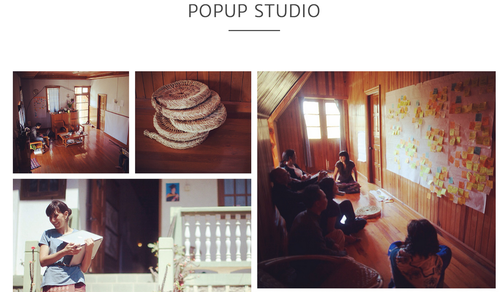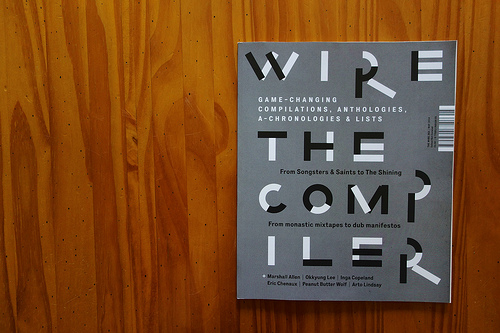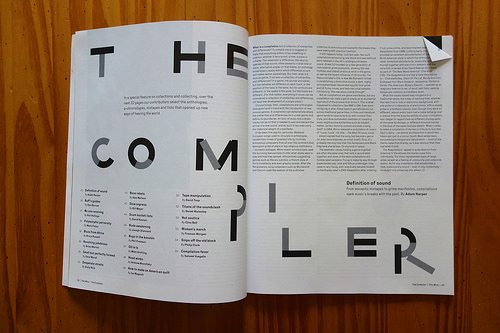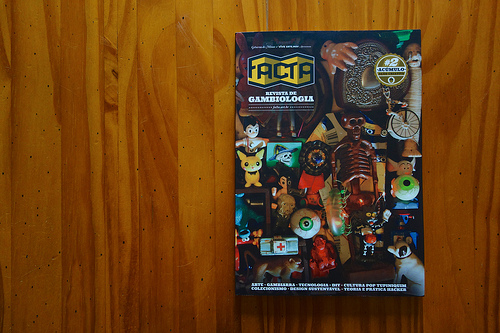This month, I'm giving a workshop at HEAD–Genève with Frédéric Kaplan and Yannick Rochat about Information Visualization and TV-series. The idea is to show the students how to visually depict events, characters' network, geographical evolution, among other things in these shows... using various sources (scripts found in imsdb, subtitles, Wikipedia entries fan encyclopedia like wookiepedia, etc.). Some examples below we discussed in class:
ALL ABOUT TV SERIES by DH101 students EPFL
Production of various visualizations, like the one below (Game of Thrones)

TWIN PEAKS 1990 on moviegalaxies

LORD OF THE RINGS PROJECT by Emil Johansson

CORE-SAMPLE by Aurelien Farina:
This editorial and artistic project is based on the metaphor of "coring", a technique used for geological and industrial ground surveys. The project was elaborated as an application of the coring technique to a particular mass-culture production : the "Starsky & Hutch" TV series. The book consists in a number of chapters made of screenshots captured in the series' first two seasons (1975-1977) : all recurent scenes are gathered and accumulated in series of similar images.

Core sample

Core sample

Outline

"we need to talk" pages
Why do I blog this? Collecting examples for the coming days of the workshop: types of visualizations (social networks, maps), sort of data proposed (texts, images...), the type of analysis, etc.




